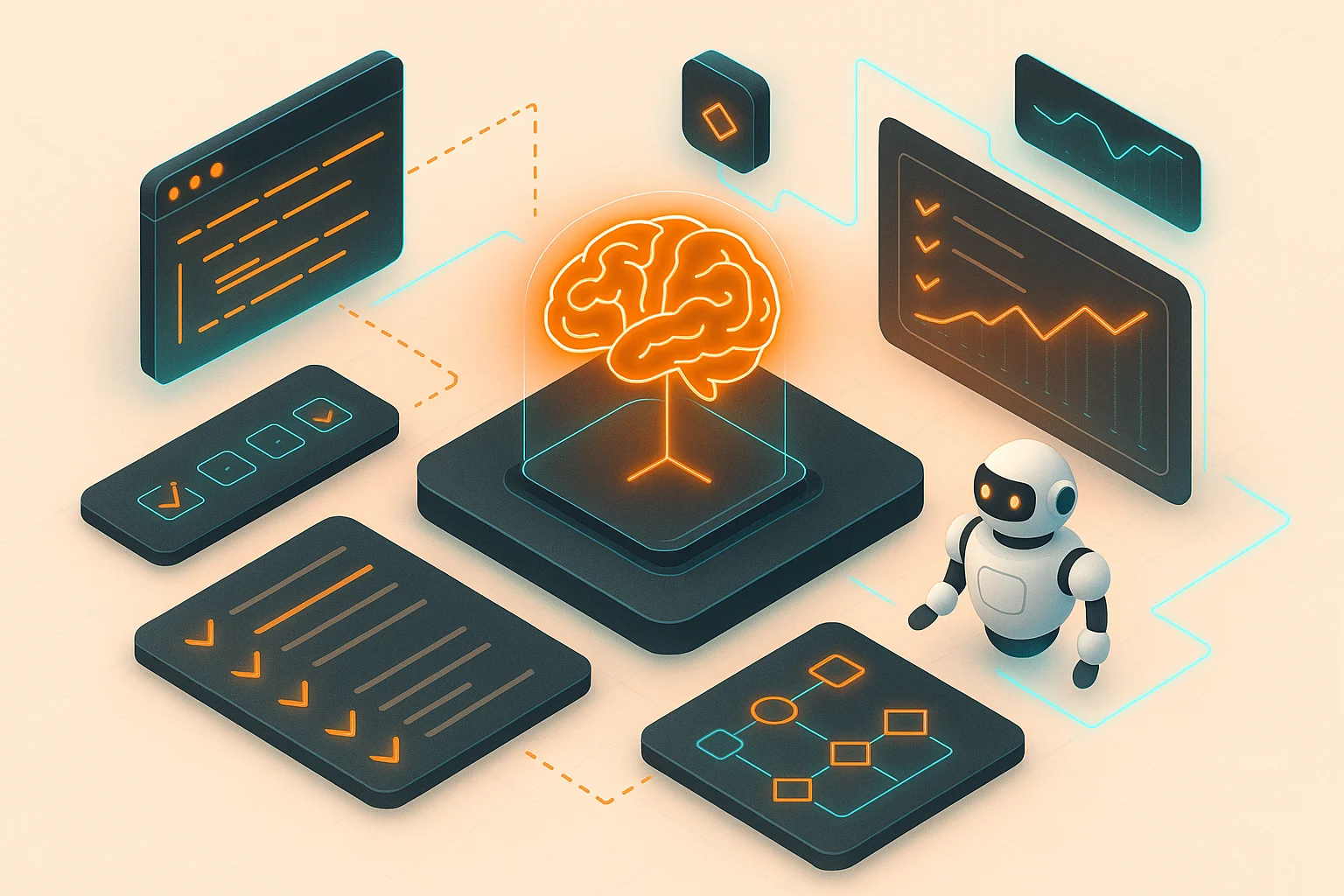AI Test Case Generator Guide

AI-powered test case generators are revolutionizing how development teams approach testing. By automatically creating comprehensive test suites, these tools help teams achieve better coverage while reducing the manual effort required for test creation.
Understanding AI Test Case Generation
AI test case generators analyze your code structure, function signatures, and business logic to automatically create relevant test cases. They can identify edge cases, boundary conditions, and potential failure scenarios that human testers might overlook.
Benefits of Automated Test Generation
The primary advantages include increased test coverage, reduced manual testing effort, faster test creation, and the ability to generate tests for legacy code that lacks existing test suites.
Types of AI-Generated Tests
Modern AI tools can generate unit tests, integration tests, property-based tests, and even performance tests. Each type serves different purposes in your overall testing strategy.
Integration with Existing Workflows
Successful implementation requires integrating AI-generated tests into your existing CI/CD pipeline, code review process, and quality gates. The generated tests should complement, not replace, human-written tests.
Best Practices for AI Test Generation
Effective use of AI test generators requires understanding their limitations, reviewing generated tests for relevance, and maintaining a balance between automated and manual test creation.
Measuring Testing Effectiveness
Track metrics like code coverage, bug detection rates, and test execution time to measure the impact of AI-generated tests on your overall testing strategy.
Ready to Transform Your Code Review Process?
See how Propel's AI-powered code review helps engineering teams ship better code faster with intelligent analysis and actionable feedback.

